Affiliate links on Android Authority may earn us a commission. Learn more.
Debunking common myths: 5 things iPhone users get wrong about Android
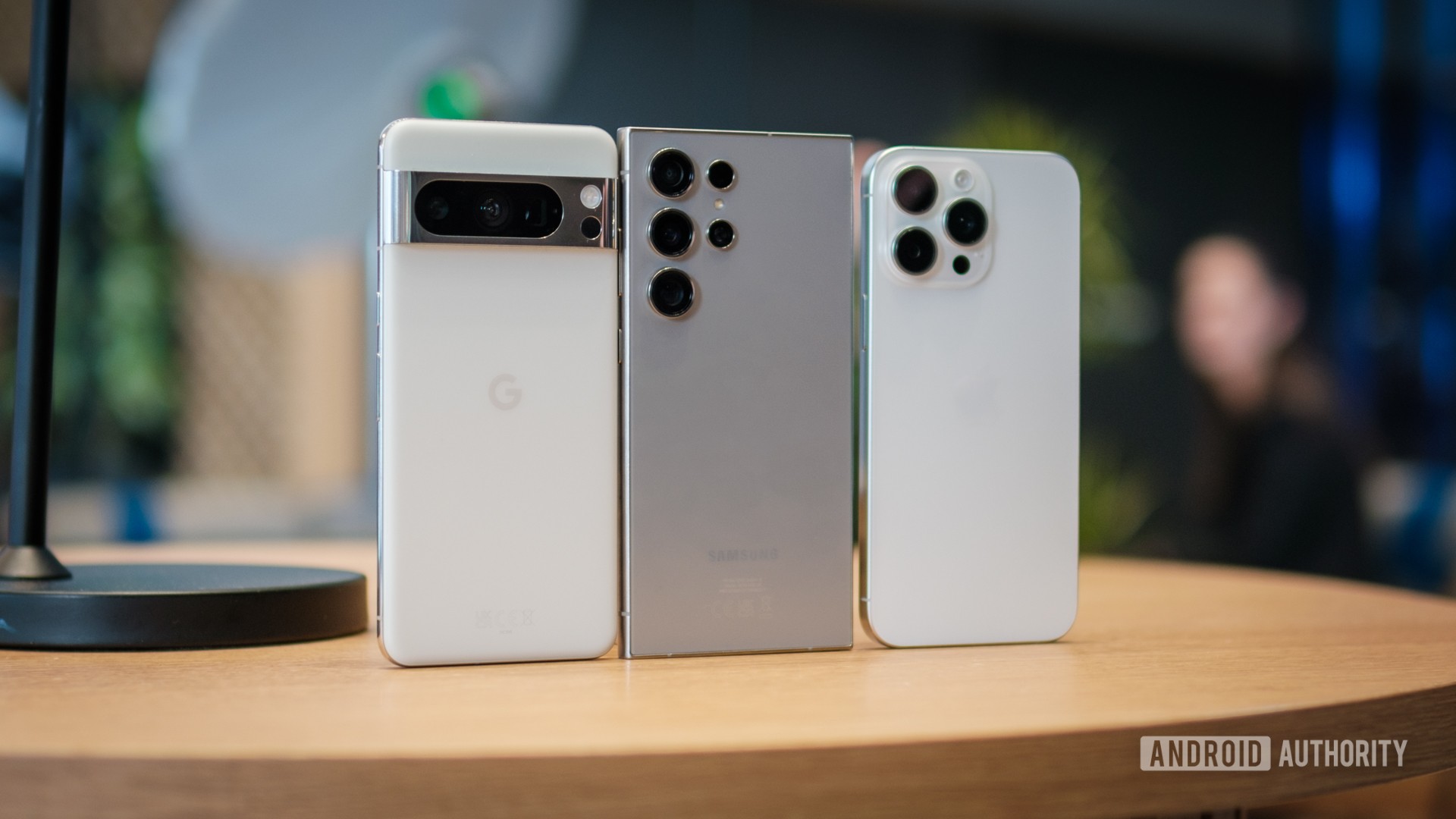
Apple’s iPhones have accrued a huge following, particularly in the US thanks to the popularity of iMessage. In fact, it’s not uncommon to hear Apple fans criticize Android phones for a variety of reasons.
There are many myths that some iPhone users have been parroting about Android, though. So we’re setting the record straight by debunking some of the more enduring claims.
All Androids are cheap
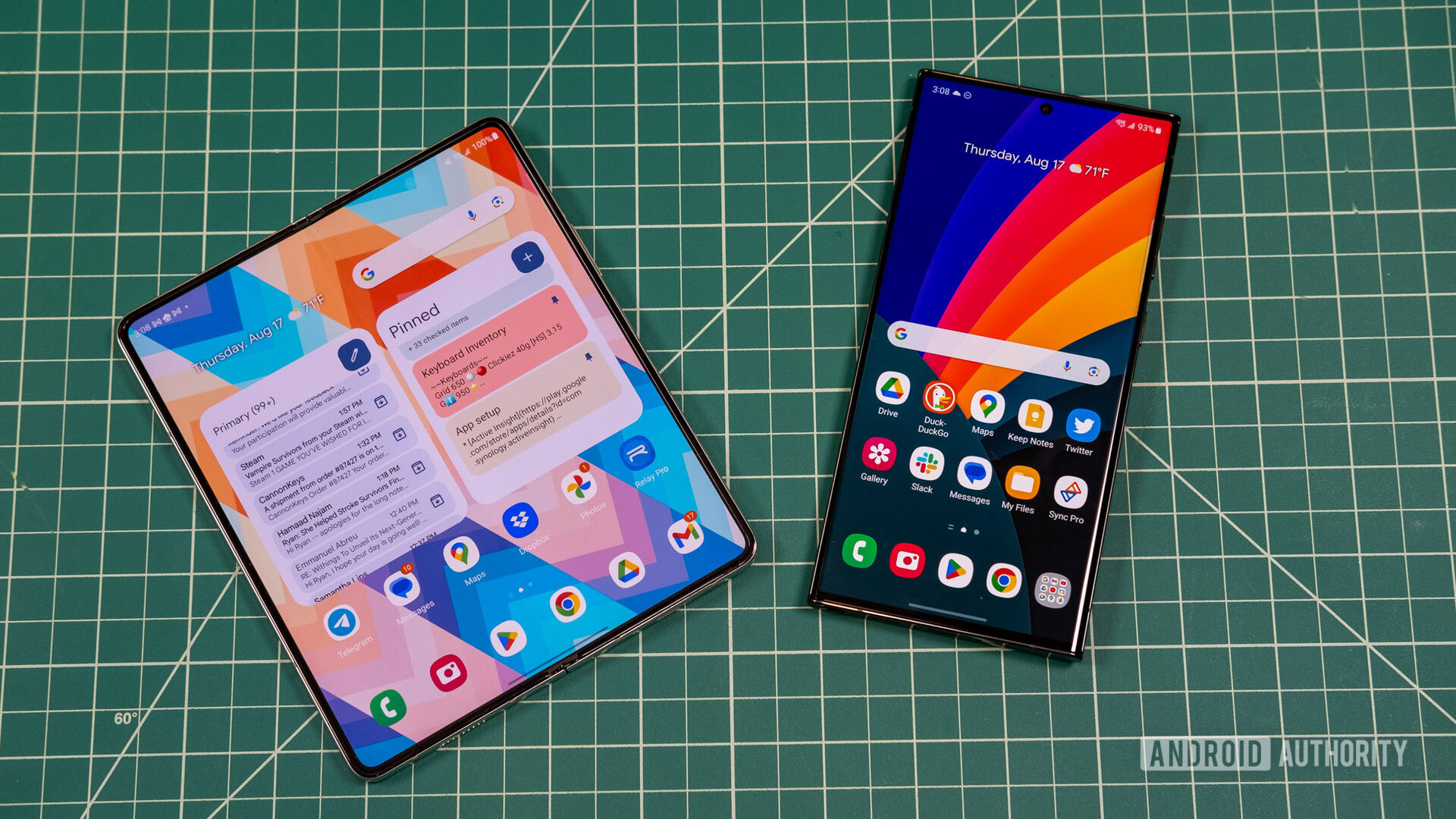
This is one of the most prominent claims made by some iPhone users, as they assert that all Android phones are cheap. Yes, there are plenty of Android phones that are cheaper than iPhones, such as the Galaxy A series, Xiaomi’s Redmi Note phones, and Motorola’s Moto G handsets. But those are budget phones to begin with.
There are also loads of Android phones that are as expensive, if not more expensive, than iPhones. This includes the Galaxy S24 series ($800 to $1,299), Google Pixel 8 range ($699 to $999), Xiaomi 14 series (~$1,070 to ~$1,640), and more. These prices also go higher when we take different storage variants into account. Then there are foldable phones, which are actually more expensive than top-of-the-line iPhones. For example, the Samsung Galaxy Z Fold 5 and Google Pixel Fold both launched at $1,799. The most expensive iPhone model, on the other hand, currently starts at $999 and goes up to 1,599 for the 1TB variant.
Androids don’t last
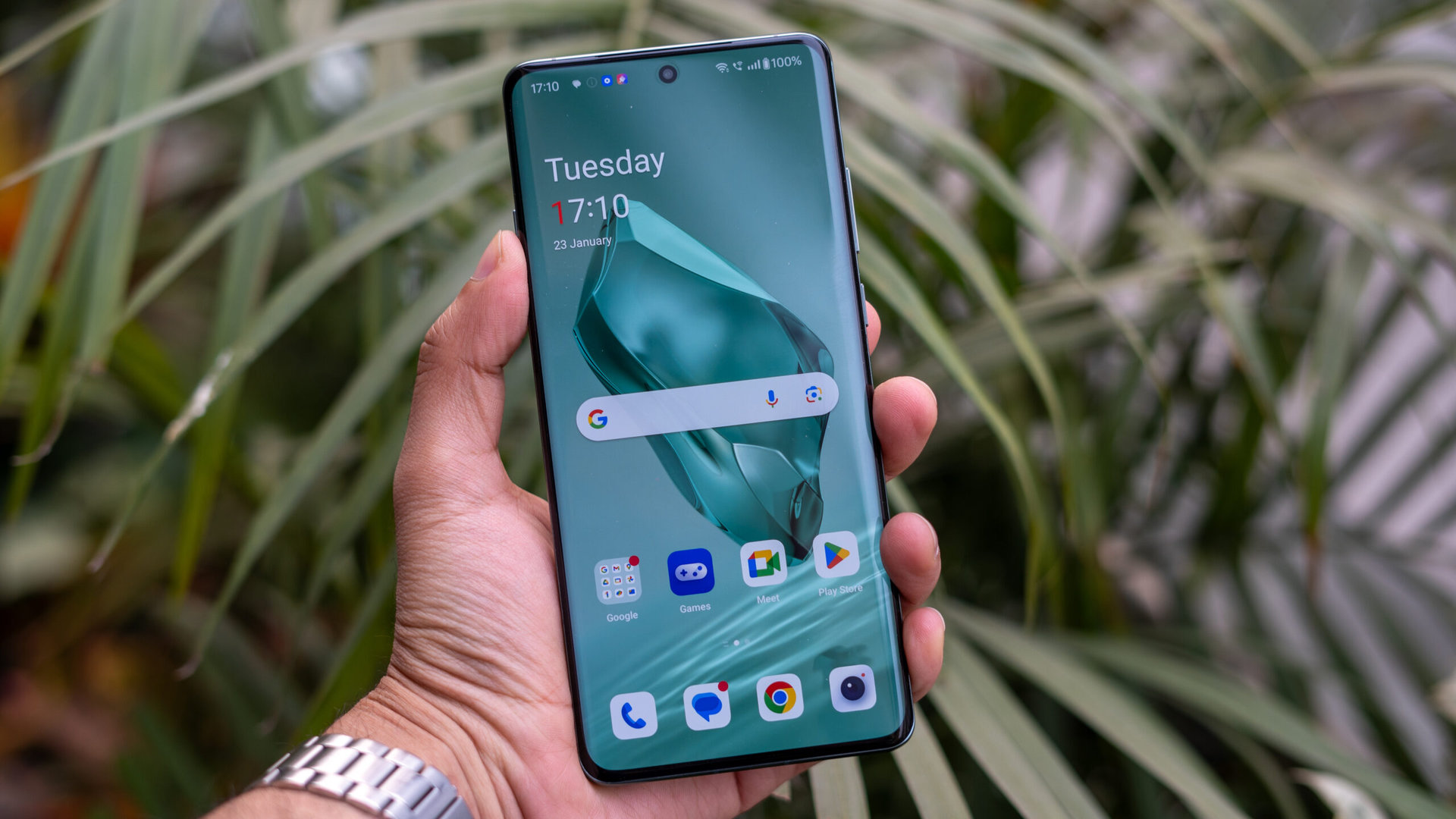
Another oft-repeated claim by iPhone users is that Android phones don’t last as long. That was a valid complaint back in the early 2010s, as Android lacked features to maintain smooth performance over time. Things have changed in a big way since then, though. Android tweaks and manufacturer-specific additions to improve long-term performance all contribute to phones that should still be smooth after a few years.
From OS-specific tweaks to battery degradation, many modern Android phones should last just as long as iPhones, if not longer.
It’s also worth noting that Apple’s iPhones have actually lagged behind many Android phones for the longest time as far as battery degradation is concerned. Apple has said that iPhone batteries would drop to 80% of their rated capacity after only 500 charging cycles. This figure means that iPhone 14 series and earlier models would effectively lose 20% of their battery capacity after a year or 1.5 years of usage. The company would go on to improve things with the iPhone 15 series, now claiming to hold 80% capacity after 1,000 charging cycles.
The likes of Samsung and Google haven’t revealed charging cycle information in years. But brands like OnePlus, realme, vivo, and OPPO all promise that their phone batteries will drop to 80% effective capacity after 1,600 charging cycles. That’s an impressive figure, which means you should still get good battery life after roughly four or five years. Xiaomi also touted 800 charging cycles before reaching 80% effective capacity on its phones with 120W or 200W charging. Even the most recent budget Nokia phones offer 800 charging cycles before reaching 80% capacity, outdoing the iPhone 14 series and earlier Apple models.
Androids don’t get updates
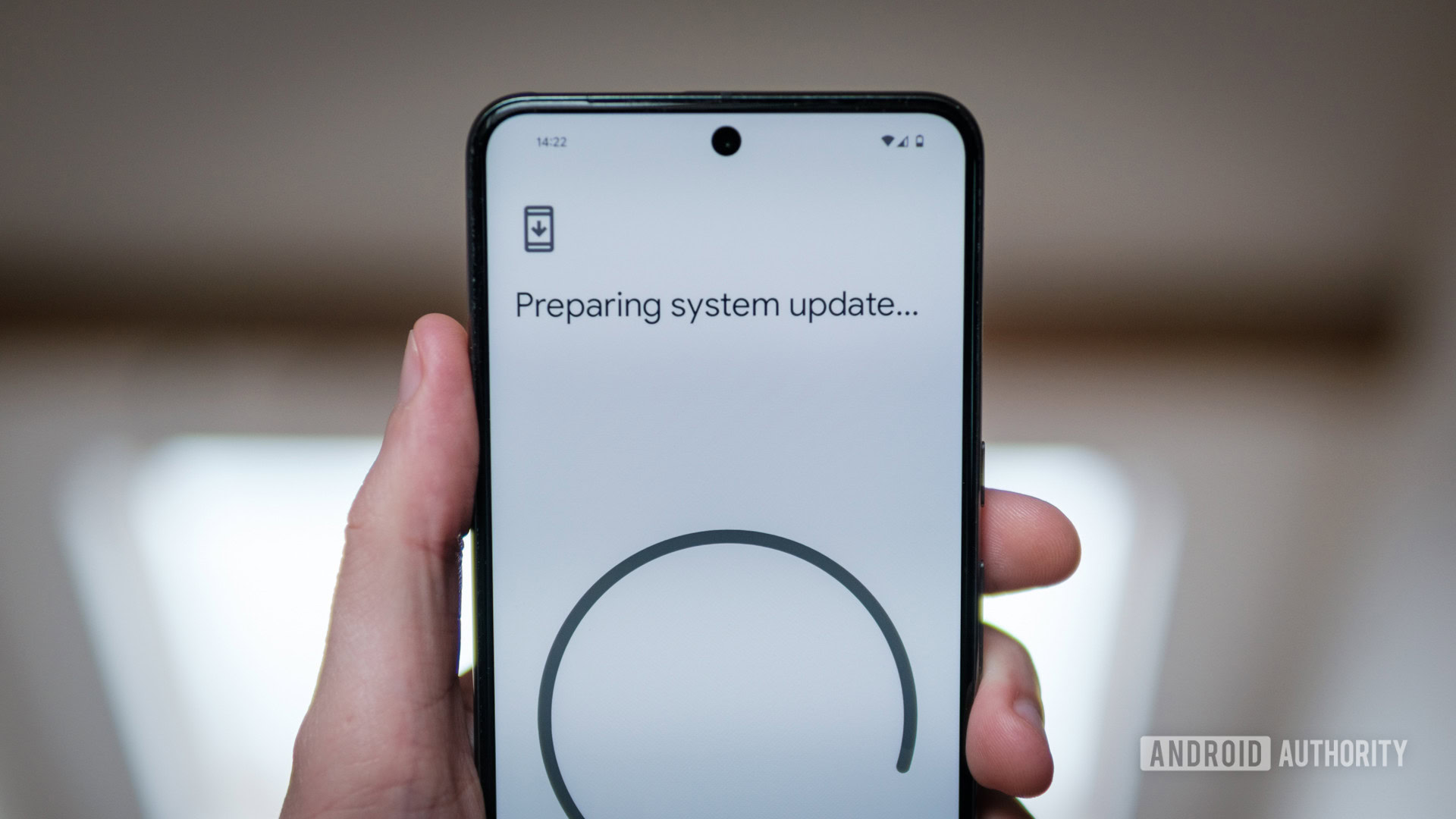
Another modern myth that had some foundation in fact was that Android phones didn’t get updates. That was true to an extent a decade ago, as many manufacturers only offered two years of updates at best. In fact, it was a big deal for Android when early Pixel phones offered three years of updates.
Things have changed in a massive way since. The top Android phones from Samsung and Google both receive seven years of updates, outdoing iPhones. Apple’s iPhones actually don’t come with formal update policies, but they usually get software support for around six years. Older Samsung and Google flagships, as well as their mid-range phones, receive five years of updates.
It’s not just Samsung and Google offering lengthy updates. High-end phones from other manufacturers like OPPO, OnePlus, HONOR, Xiaomi, and vivo receive five years of updates too. There are still a few outliers, though. The likes of ASUS, Sony, HMD, and ZTE still offer a meager two or three years of updates. Low-end phones from the likes of Motorola, Realme, and Xiaomi also receive pitiful update pledges.
But by and large, if you spend iPhone money on an Android device, you’ll get a long, steady stream of updates. And if you buy a Galaxy S24 or Pixel 8 phone, you’ll actually get an iPhone-beating update policy.
iPhones take better pictures
Apple’s iPhones are undoubtedly great camera phones, but it’s fair to say that many high-end Android phones have actually met or surpassed Apple on the photography front.
Our own Pixel 8 Pro vs iPhone 15 Pro camera shootout revealed that while both phones were great shooters, the Pixel 8 Pro delivered better consistency in a variety of situations. Colleague Dhruv Bhutani also felt that the Pixel 8 Pro beat the iPhone 15 Pro Max for stills when taking the two phones to a concert (see above). This advantage extends to the camera hardware arena, as Android OEMs have often been first to adopt innovations like folded zoom cameras, ultrawide lenses, and more.
There's no shortage of Android phones that can take comparable or better photos than iPhones.
iPhones are still considered better for capturing video, and Dhruv concurred with this sentiment in his article. It must be said, however, that Apple typically enjoys better picture quality when using the camera feature inside third-party apps, owing to better developer support. But Samsung is changing things thanks to partnerships with Snapchat and Instagram.
Apple’s iMessage also doesn’t support RCS (yet), leading to poor image quality from Android users. But that’s an Apple issue, if anything, rather than a problem with Android cameras.
The Android interface is confusing
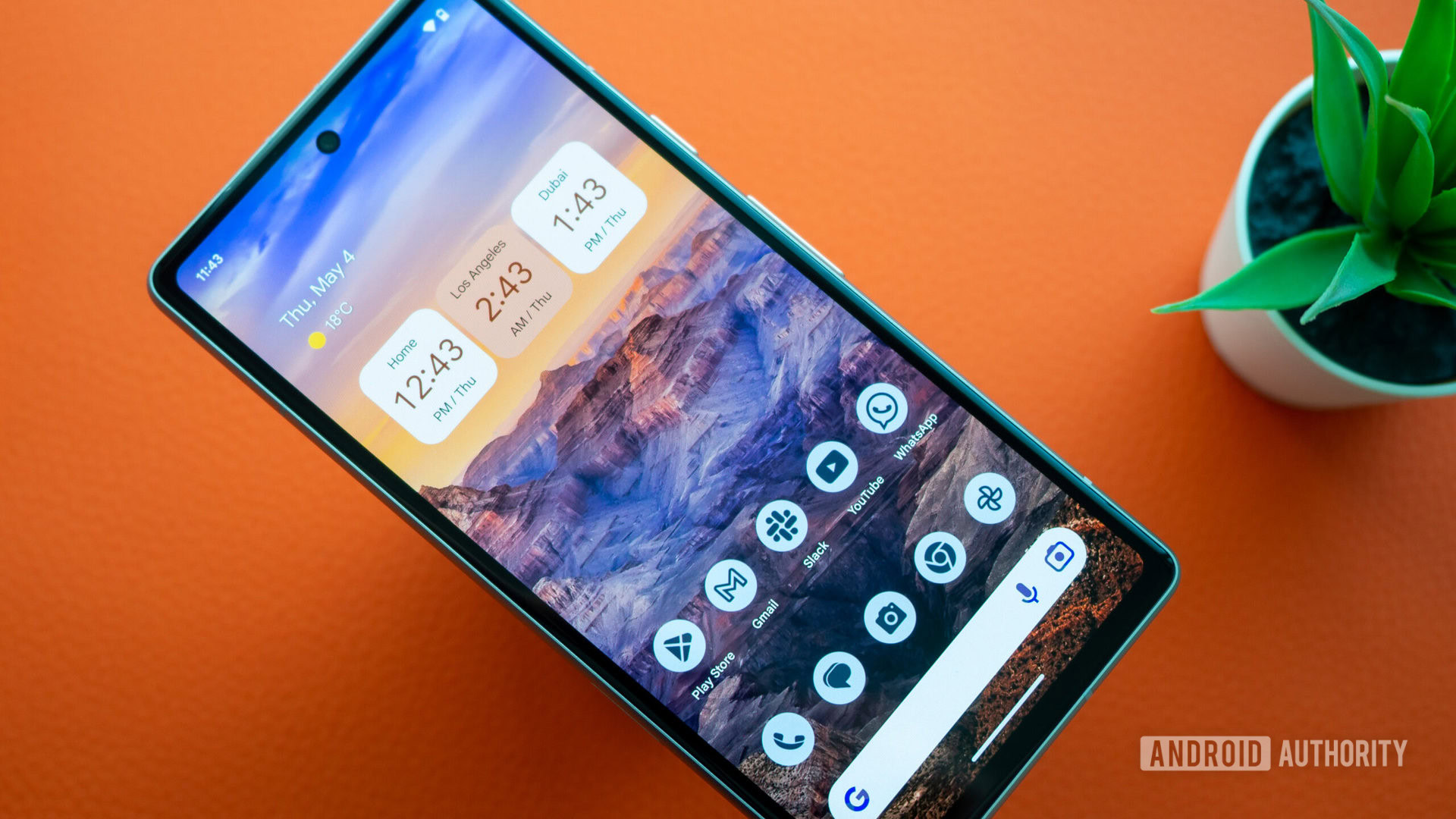
This point of contention really comes down to what you’re used to. If you’ve only used iPhones, you’ll obviously find Android phones to be a little confusing. If you’ve only ever used Android phones, you’ll certainly find iOS to be somewhat unintuitive. I find iPhones unintuitive, but that’s because I seldom use them anyway.
Although it is true that overall Android isn’t as simple of an OS as Apple’s iOS, mainly due to the extra customization options it offers, it’s very intuitive once you get used to it. And it won’t take you more than a few days if you’re switching to it from an iPhone.
Some Android manufacturers even try to accommodate iPhone users by deviating from established Android norms. For example, many Chinese OEMs let you disable the app drawer altogether. Xiaomi also apes iOS by letting you access notifications with a downward swipe from the top left, while quick settings can be accessed with a downward swipe from the top right. By comparison, many other OEMs offer a combined quick settings/notification shade that’s accessible with a single downward swipe from anywhere.
This deviation can lead to a few inconsistencies between various Android brands, but sticking with the same brand is a surefire way to avoid them for the most part.